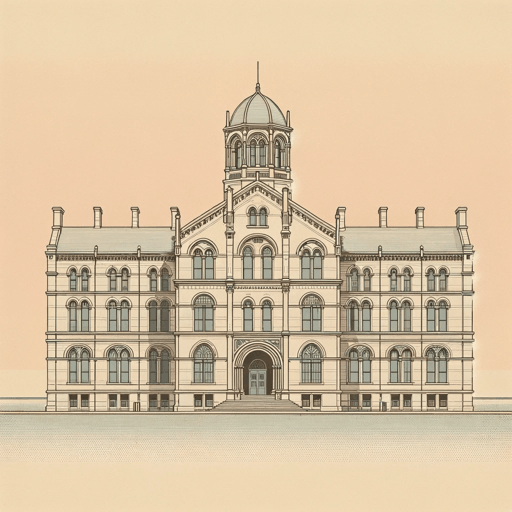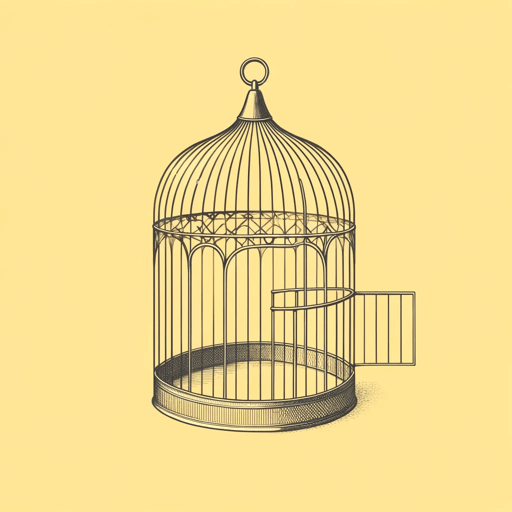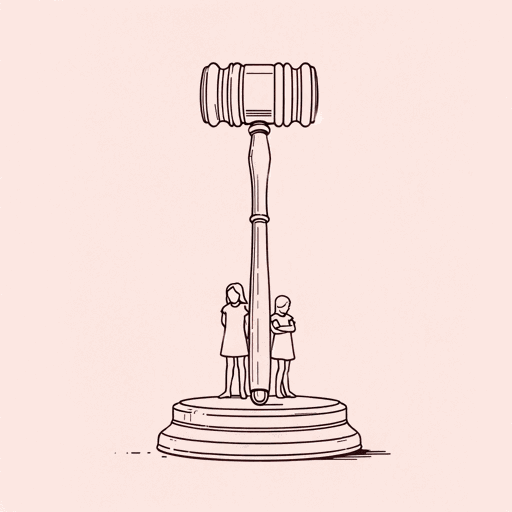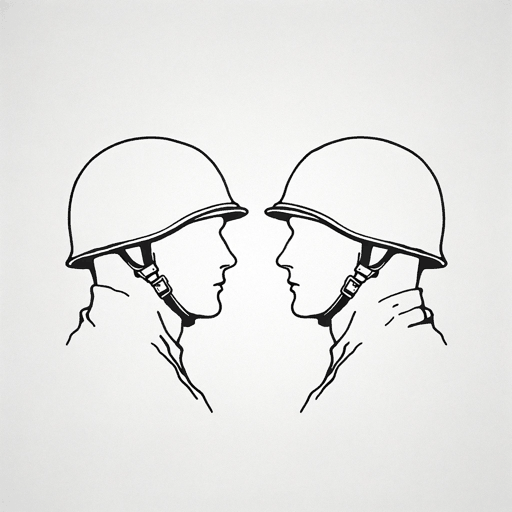19 pages • 38 minutes read
Thomas HardyThe Man He Killed
Fiction | Poem | Adult | Published in 1902A modern alternative to SparkNotes and CliffsNotes, SuperSummary offers high-quality Study Guides with detailed chapter summaries and analysis of major themes, characters, and more.
Literary Devices
Form and Meter
Although Hardy experimented with complicated formal structures during his nearly two-decades-long work in poetry—typographical effects, irregular line lengths, variations in stanza lengths (reflecting his early passion for architecture), and the use of shifting point-of-view refrains—the formal structure of “The Man He Killed” reflects Hardy’s interest in capturing the psychology and personality of a common working-class infantry soldier.
Formal experiments typically call attention to the poet. Here, however, the form is direct and clear: five quatrains (four-line stanzas) with a regular rhyme scheme: ABAB. The form never calls attention to itself and thus creates the tone and feel of a foot soldier. Elaborate or subtle designs with intricate and subtle iterations would detract—it is as if the reader is sitting and listening to this soldier. The integrity of that simple form reflects Hardy’s desire to create sympathy with a common soldier struggling to understand exactly what combat has done to him.
Related Titles
By Thomas Hardy

Ah, Are You Digging on My Grave
Thomas Hardy

At an Inn
Thomas Hardy

Channel Firing
Thomas Hardy

Far From The Madding Crowd
Thomas Hardy

Jude the Obscure
Thomas Hardy

Tess of the D'Urbervilles
Thomas Hardy

The Darkling Thrush
Thomas Hardy

The Mayor of Casterbridge
Thomas Hardy

The Return of the Native
Thomas Hardy

The Withered Arm and Other Stories
Thomas Hardy

The Woodlanders
Thomas Hardy
Featured Collections
African History
View Collection
Class
View Collection
Class
View Collection
Colonialism & Postcolonialism
View Collection
European History
View Collection
Memorial Day Reads
View Collection
Military Reads
View Collection
Psychology
View Collection
Sexual Harassment & Violence
View Collection
Victorian Literature
View Collection
Victorian Literature / Period
View Collection
War
View Collection

